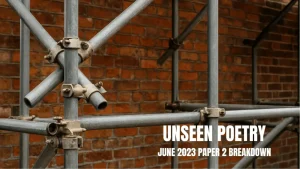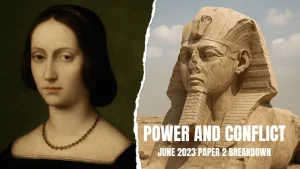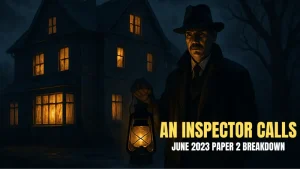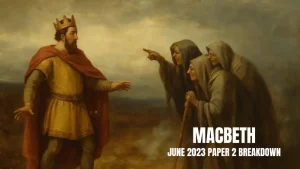How Dickens Presents the Effects of Greed in A Christmas Carol
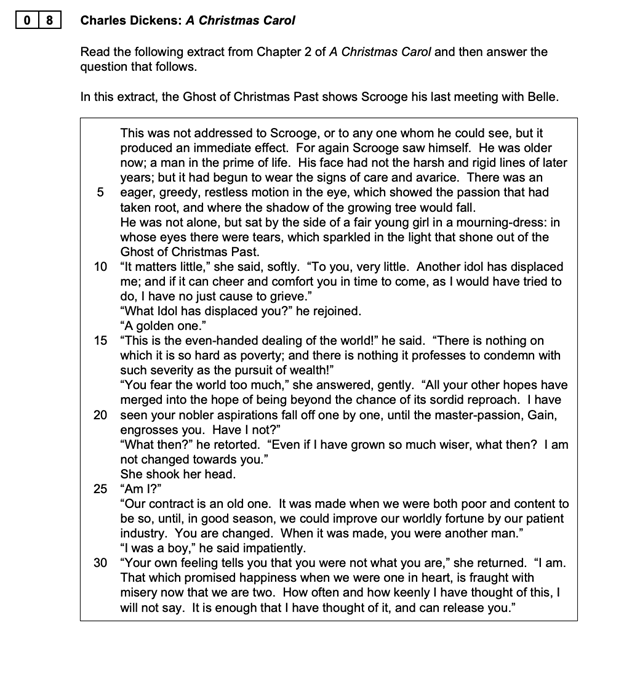

Charles Dickens presents greed as a destructive force that isolates individuals and corrupts their values. Through Scrooge, he critiques how wealth can replace human connection, as seen in Belle’s decision to leave him. Throughout the novella, Dickens explores its wider consequences, particularly in Scrooge’s lack of compassion for the poor. However, Scrooge’s redemption highlights that change is possible when generosity replaces greed. This reflects Victorian concerns about materialism and social inequality, reinforcing Dickens’ call for moral responsibility.
In the extract, Dickens immediately presents the early effects of greed on Scrooge through his changing physical appearance: “His face had not the harsh and rigid lines of later years; but it had begun to wear the signs of care and avarice.” The metaphor “the shadow of the growing tree” suggests that his obsession with wealth is not fully developed yet, but it will continue to grow, foreshadowing the lonely and embittered man he becomes. ……
Video Breakdown preview
This breakdown explores how Charles Dickens presents the effects of greed in A Christmas Carol, using a sample AQA Literature Paper 1 question from May 2023. The analysis includes a model Level 6 response with detailed commentary on AO1, AO2, and AO3, alongside comparison to a Level 4 response for each paragraph.
Key themes discussed include:
-
-
Greed as a destructive force and its impact on relationships
-
The symbolism of Scrooge’s physical and emotional isolation
-
Dickens’ use of metaphor, personification, and imagery
-
Belle and Fezziwig as contrasts to Scrooge’s values
-
The social and historical context of Victorian England
-
The novella’s structure as a redemption arc and moral critique
-
Ideal for students aiming to improve their analytical writing and understand what sets top-level responses apart.
 Alex Sharp is a seasoned English specialist with over a decade of experience teaching and examining GCSE English Literature and Language. As an AQA examiner, Alex has marked thousands of scripts, gaining deep insight into what examiners look for and...
Alex Sharp is a seasoned English specialist with over a decade of experience teaching and examining GCSE English Literature and Language. As an AQA examiner, Alex has marked thousands of scripts, gaining deep insight into what examiners look for and... 
